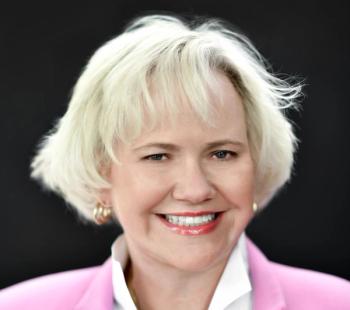
Physicians Remain at Increased Risk for Burnout, AMA and Mayo Clinic Study Finds
Almost 44 percent of U.S. physicians showed at least one symptom of burnout in 2017.
Thumbnail and image have been modified. Courtesy of
A new
In 2017, 43.9 percent of U.S. physicians showed at least one symptom of burnout, compared to 54.4 percent in 2014 and 45.5 percent in 2011, according to the study published in Mayo Clinic Proceedings. The prevalence of burnout in physicians in 2017 was 28.1 percent, which remained steady with the levels found in 2014 (28.4 percent) and 2011 (28.6 percent).
The three institutions surveyed U.S. physicians and individuals from the general U.S. population — spanning from 29 to 65-years-old to stay consistent with the age of the physicians sampled — between October 2017 and March 2018. An intensive follow-up survey was conducted for those who didn’t respond to the initial survey.
>>
Both populations provided information on demographic characteristics, hours worked per week, symptoms of burnout and depression, suicidal ideation and satisfaction with work-life integration.
More than 30,400 physicians received an invitation to participate in the study and 17.1 percent completed surveys. More than half of the nonresponders answered the secondary survey.
Burnout was measured for both physicians and the general population using the emotional exhaustion and depersonalization scales of the Maslach Burnout Inventory — a standard tool used for measuring burnout. Those who scored high on the depersonalization and/or emotional exhaustion scale were considered to have at least one symptom of burnout.
Physicians had higher rates on both scales, with 36.4 percent of physicians scoring as emotionally exhausted, compared to 24.8 percent for the general population. On the depersonalization scale, 18 percent of physicians rated high, compared to 13.5 percent.
Depression symptoms were assessed using the 2-item Primary Care Evaluation of Mental Disorders, which has a high sensitivity but lower specificity.
Work-life integration satisfaction was measured by individuals responding to the statement, “My work schedule leaves me enough time for my personal/family life” with either “strongly agree,” “agree,” “neutral,” “disagree,” or “strongly disagree.”
Those who agreed were considered to be satisfied with their work-life integration, while those who disagreed were dissatisfied.
Results of the work-life integration assessment revealed that physicians were more satisfied in 2017 than in 2014, but not as satisfied as they were in 2011.
Physicians in emergency medicine experience the most burnout, based on the findings, with 54.9 percent showing symptoms. Close to 52 percent of those in obstetrics and gynecology showed symptoms, while 50.5 percent of family medicine physicians showed symptoms.
Overall, physicians reported working a mean of 12 hours more per week than the general population, with 38.9 percent of physicians and 6.2 percent of the general population respondents working more than 60 hours or more per week.
Being a woman and working more hours per week were independently associated with higher rates of burnout and lower degrees of satisfaction with work-life integration.
While the results of the study show progress in the fight against physician burnout, the AMA said that more needs to be done.
“Despite improvements in the last three years, burnout levels remain much higher among physicians than other U.S. workers, a gap inflamed as the bureaucracy of modern medicine interferes with patient care and inflicts a toll on the well-being of physicians,” AMA President Barbara L. McAneny, M.D., said in
The AMA remains steadfast on continuing to address the barriers to achieve meaningful change in health systems.
Currently, the AMA offers tools like STEPS Forward and Institutional Assessments to provide physicians and health systems cutting edge tools, information and resources to help rekindle a joy medicine.
Get the best insights in healthcare analytics
Related






















































































